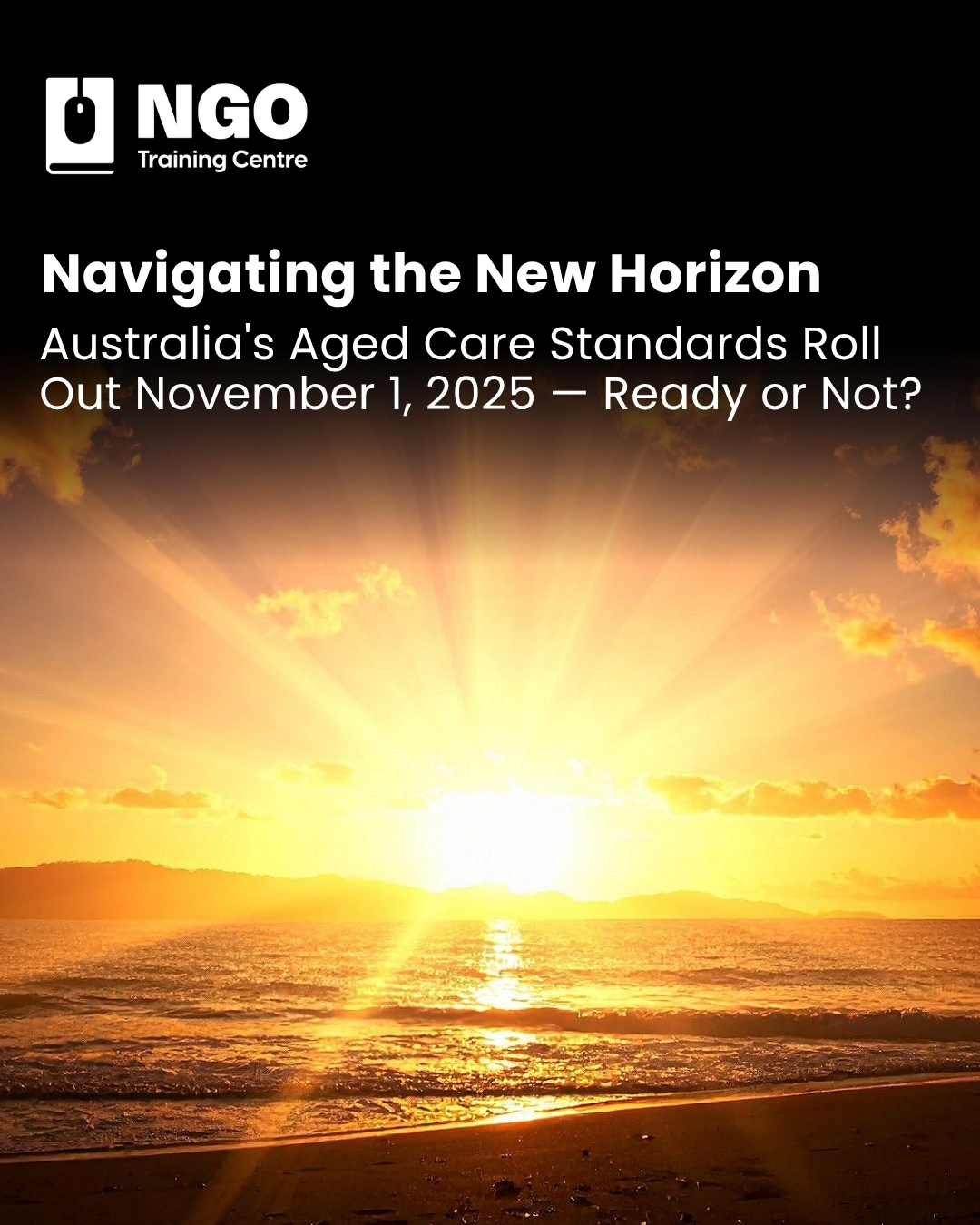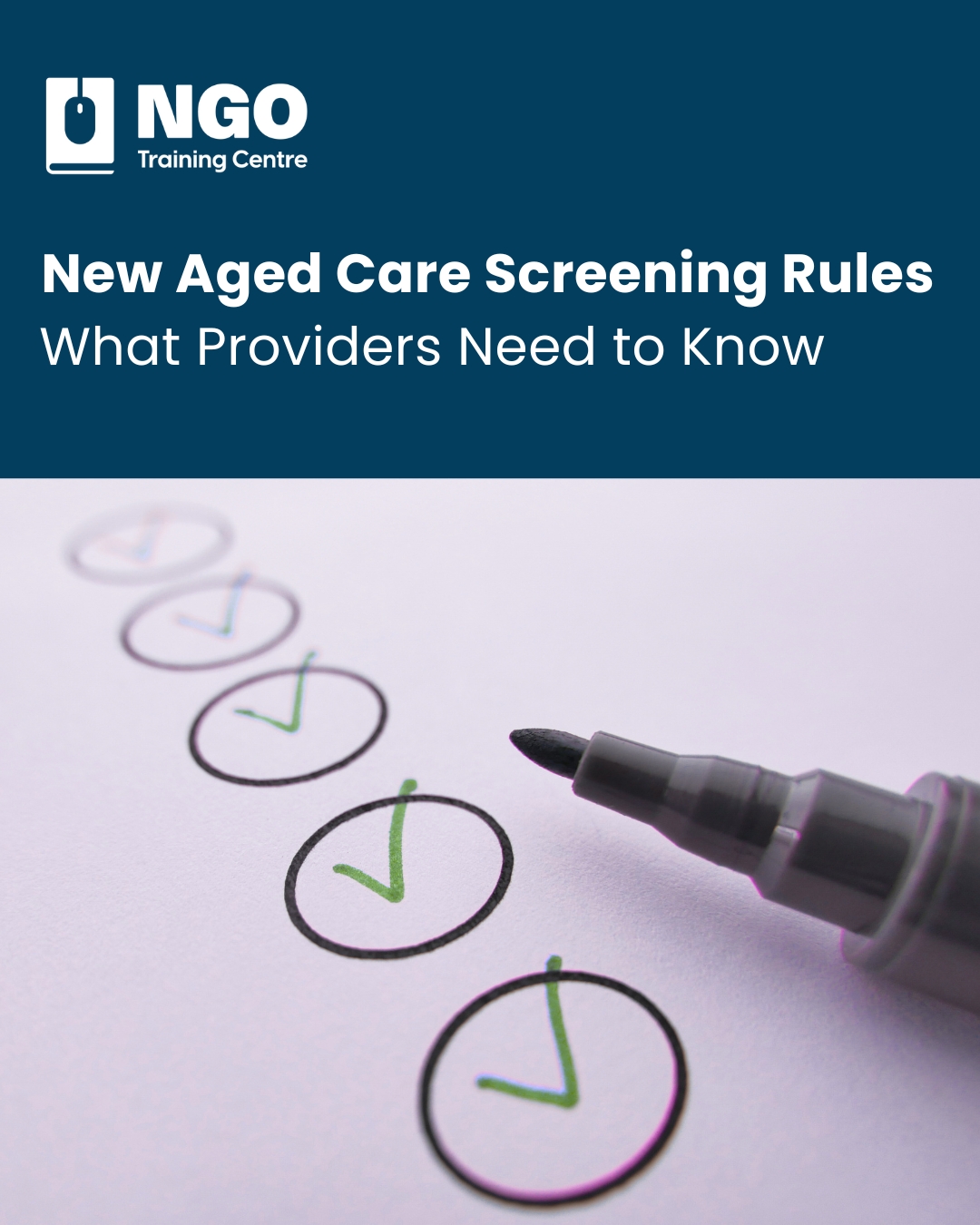As November 1, 2025, dawns, Australia’s Aged Care Act 2024 launches a rights-based revolution, born from the Royal Commission’s stark revelations on quality and safety.
The Aged Care Act 2024 will come into effect, replacing the outdated 1997 law and refining its eight Quality Standards into more effective tools. This change follows the 2021 Royal Commission’s final report, which starkly exposed poor conditions, abuse, and a lack of accountability, leading to over 140 recommendations for renewal. This isn’t just a superficial update; it represents a shift to a rights-based approach emphasising dignity, choice, and safety for consumers, aligned with the expansion of the Support at Home program. I believe the goal is to genuinely empower ageing Australians to be at the centre of their care journeys, not simply figures in budgets. However, given sector challenges such as staffing shortages, narrow margins, and pandemic aftershocks, this feels like replacing one difficult tightrope with another, and more compliance pressures that could strain our already stretched workforce.
From Royal Commission Wake-Up to Legislative Leap
Flashback: the old 1997 Act and 2019 Standards kept us afloat, but barely; patching leaks while COVID flooded the decks. The Royal Commission exposed serious flaws, ranging from broken complaint systems to risks of financial exploitation, and called for a framework that includes person-centred care, cultural safety, and continuous quality improvement. The new Act’s main features include a revised Code of Conduct with real consequences for breaches (think meaningful penalties), mandatory worker suitability checks to weed out the unfit before they start, and simpler rights, such as fast-tracked resolutions and protections against abuse.
Better consumer mechanisms? Quicker complaints and home-based options could help people like Mrs Patel enjoy their cultural favourites or Mr Thompson share his stories without feeling isolated, encouraging longer stays in familiar environments. This kind of change could rebuild trust, giving families peace of mind that their loved ones aren’t just looked after, but truly respected, supporting the Act’s aim for a connected, community-focused approach.
The rollout, thankfully delayed from July 1 to November 1 for extra preparation, increases the urgency amid broader changes, such as removing residential subsidies in favour of home supports. Government plans and webinars emphasise the vision of stricter oversight to promote sustainable care. However, as an observer of the virtual sector who has reviewed numerous rollout stories, I see the human stakes: this could transform aged care from reactive fixes to proactive respect, if we don’t let the details overwhelm us.
Here’s the challenge that keeps people awake at night – compliance. While it sounds noble, the surge of mandates, such as trauma-informed training, privacy-locked digital records, unannounced audits, and data-driven risk assessments linked to funding, could overwhelm smaller providers, especially those in remote areas serving high-needs communities. For large city organisations, these may be seen as necessary reforms; for regional underdogs, they present hurdles that worsen post-pandemic shortages and ongoing underfunding. This risk of ‘compliance fatigue” might shift frontline workers’ focus from bedsides to paperwork. Although increasing accountability is vital, without additional staffing ratios, administrators could find themselves burdened, turning high standards into a bureaucratic nightmare and leading to closures when access is most needed.
In my view, the Commission’s heart was spot-on, tackling abuses head-on, but overemphasising punitive teeth at the expense of supportive scaffolding risks the cure being worse than the cold. Evidence from the 2019 Standards rollout shows regulatory ramps without resourcing breed burnout, not breakthroughs. Actual reform demands targeted fixes: training subsidies, tech grants, and audits that evolve with input, not just enforced from on high.
What excites me amid the realism, though, is the chance to make this our dawn. Despite the pressure, the Act opens doors for clever adaptation; forward-thinking providers, such as those piloting resident co-designed plans or integrated digital platforms, can turn compliance into a trust builder and a retention booster. Focus on the human side: involve ageing individuals in giving feedback that shapes changes, cross-train without burning out, and encourage iterative processes where providers and consumers co-refine the rules. We have the federal webinars as our guide, so now’s the time to make adjustments where needed, secure those grants, and foster partnerships that keep innovation alive. This could transform aged care from a state of survival to one of sustainability, blending strong protections with frontline expertise.
A Call to Bridge the Gap
Let’s be honest: the clock is ticking. Promises and challenges go hand in hand, but we’re resilient enough to overcome them. The Aged Care Act 2024 reflects a much-needed promise to improve a sector ready for change. However, its success relies on careful planning and ongoing discussions with stakeholders to ensure protections lead to fair and quality care without causing disruptions. Moving forward, we should closely monitor compliance, fairness, and the rollout’s progress, adjusting our approach as needed.
So, are you ready? What have you been doing to prepare? Share your stories.
I’m all in for sharing tips on dodging that first audit ambush or turning red tape into real wins.
Here’s to a rollout that lifts us all. After all, we are ALL in this together!
–
Author: Cathy Kerr BANurs, GDAET, Cert IV Training and Assessment.
Cathy brings over three decades of expertise to the field of nursing education, with a distinguished career as a registered nurse, educator, and now aged care consultant. Her extensive experience spans clinical practice, training, and consultancy, where she has dedicated herself to improving care standards and supporting both ageing individuals and healthcare professionals. With a deep understanding of the sector’s challenges and opportunities, Cathy combines her nursing background with a passion for education to drive positive outcomes in aged care.














